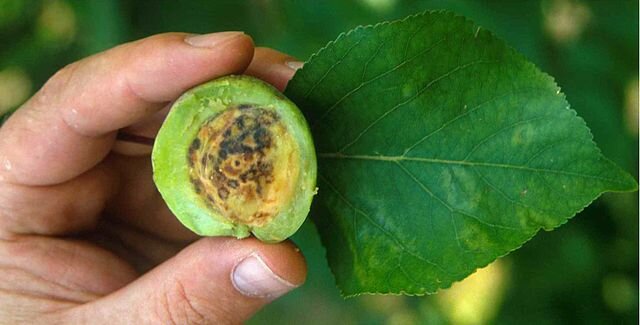Contagium Vivum Fluidum: Plant Viruses From Adversaries To Allies
Despite humans knowing the consequences of viral infection, it was not until the late 19th century that the causative agents were identified as a distinctive class of pathogen—a ‘contagion vivum fluidum’ or ‘virus’. However, as they could not be cultured in vitro or observed by light microscopy, the precise nature of viruses remained enigmatic until well into the 20th century. This talk discussed the study of plant viruses as they played a central role in the development of modern molecular biology. George Lomonossoff spoke about their initial characterisation as disease-causing organisms, and their current deployment for combatting animal diseases through the creation of novel vaccines, diagnostic reagents and anti-cancer therapies.
About the Virologist
George Lomonossoff obtained both his B.A. and Ph.D. from the University of Cambridge and joined the John Innes Centre, Norwich in 1980. His research has focused on the molecular biology of RNA plant viruses and their use in bio- and nanotechnology. In 2012 he was named “BBSRC Innovator of the year” for his work on plant-made pharmaceuticals and in 2015 delivered the Microbiology Society Colworth Prize Lecture. The transient expression system he developed (CPMV-HT) is used worldwide and is currently deployed by Leaf Expression Systems, Norwich to scale-up production of plant-made products.













